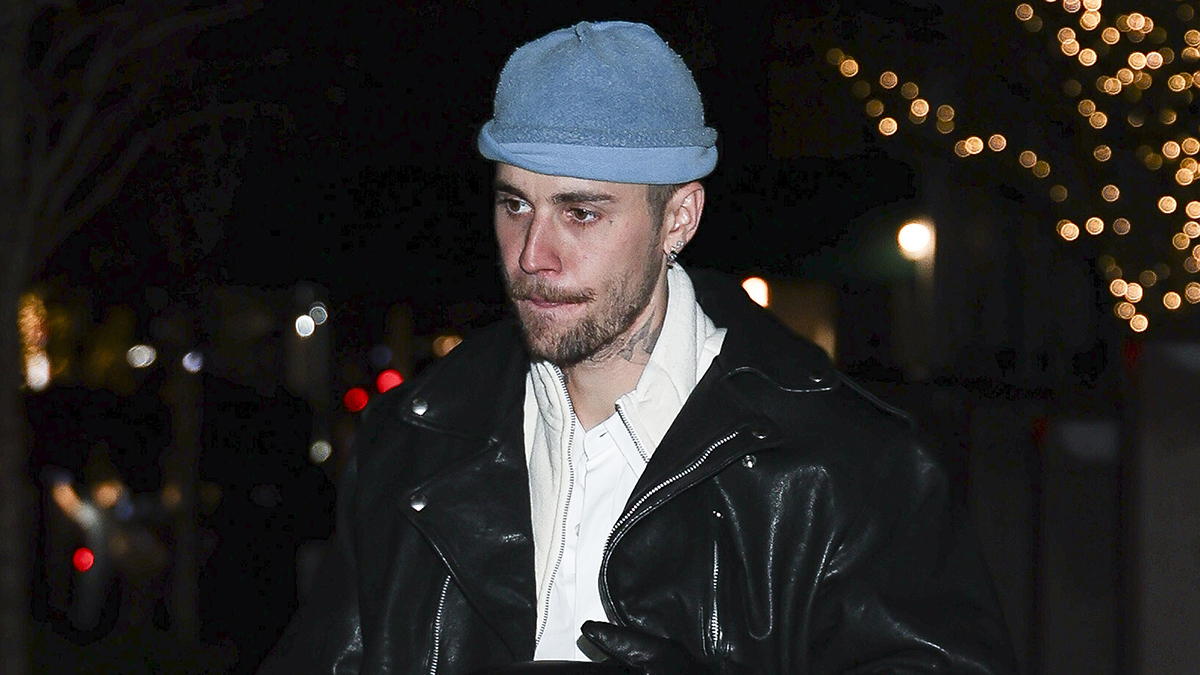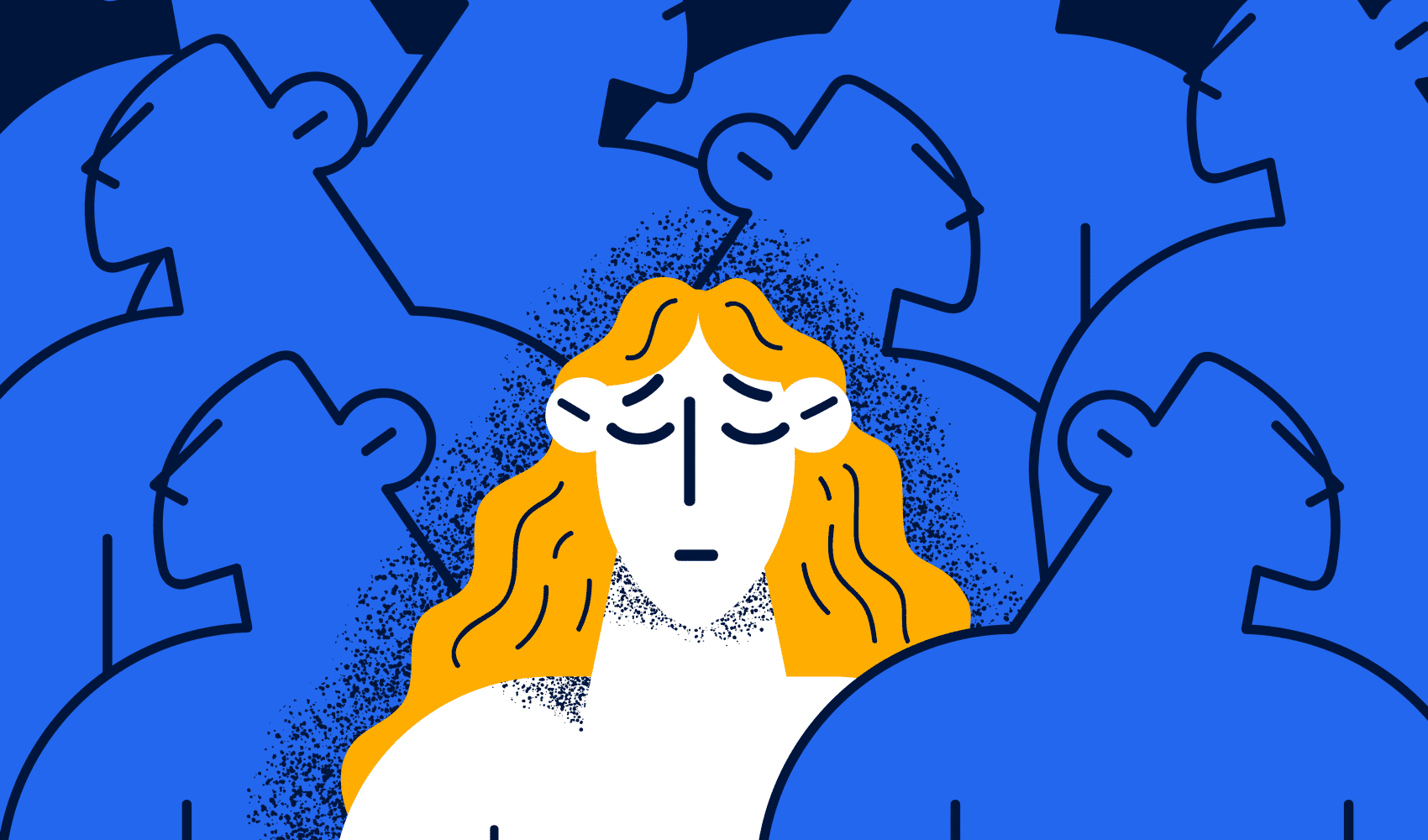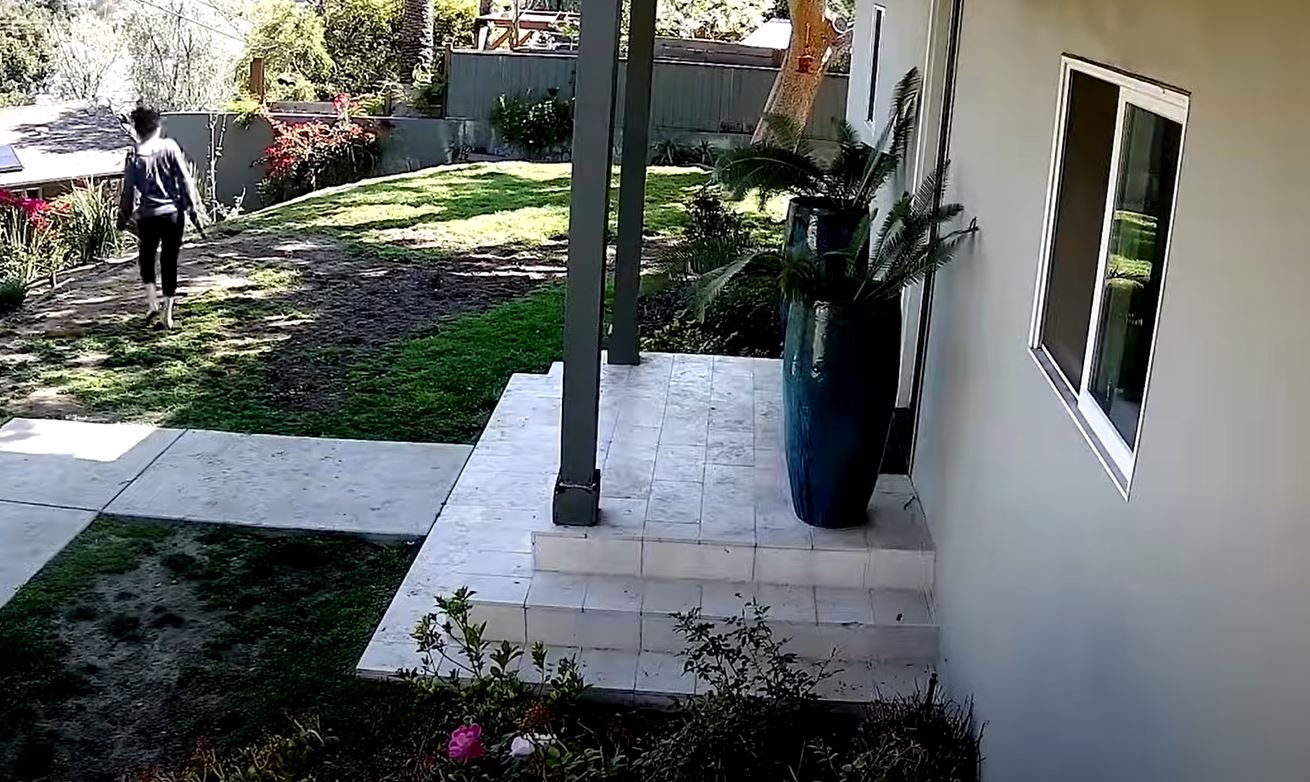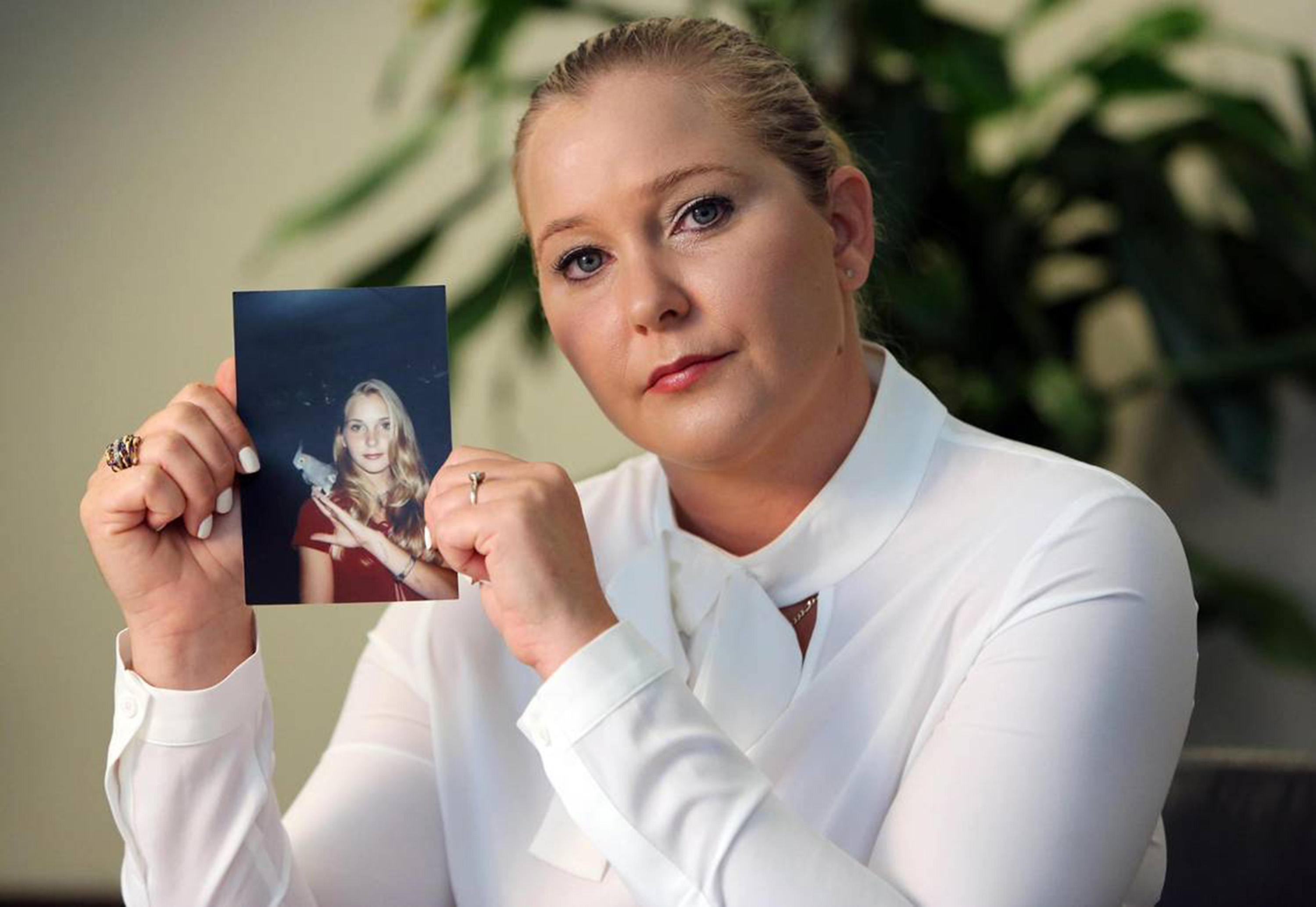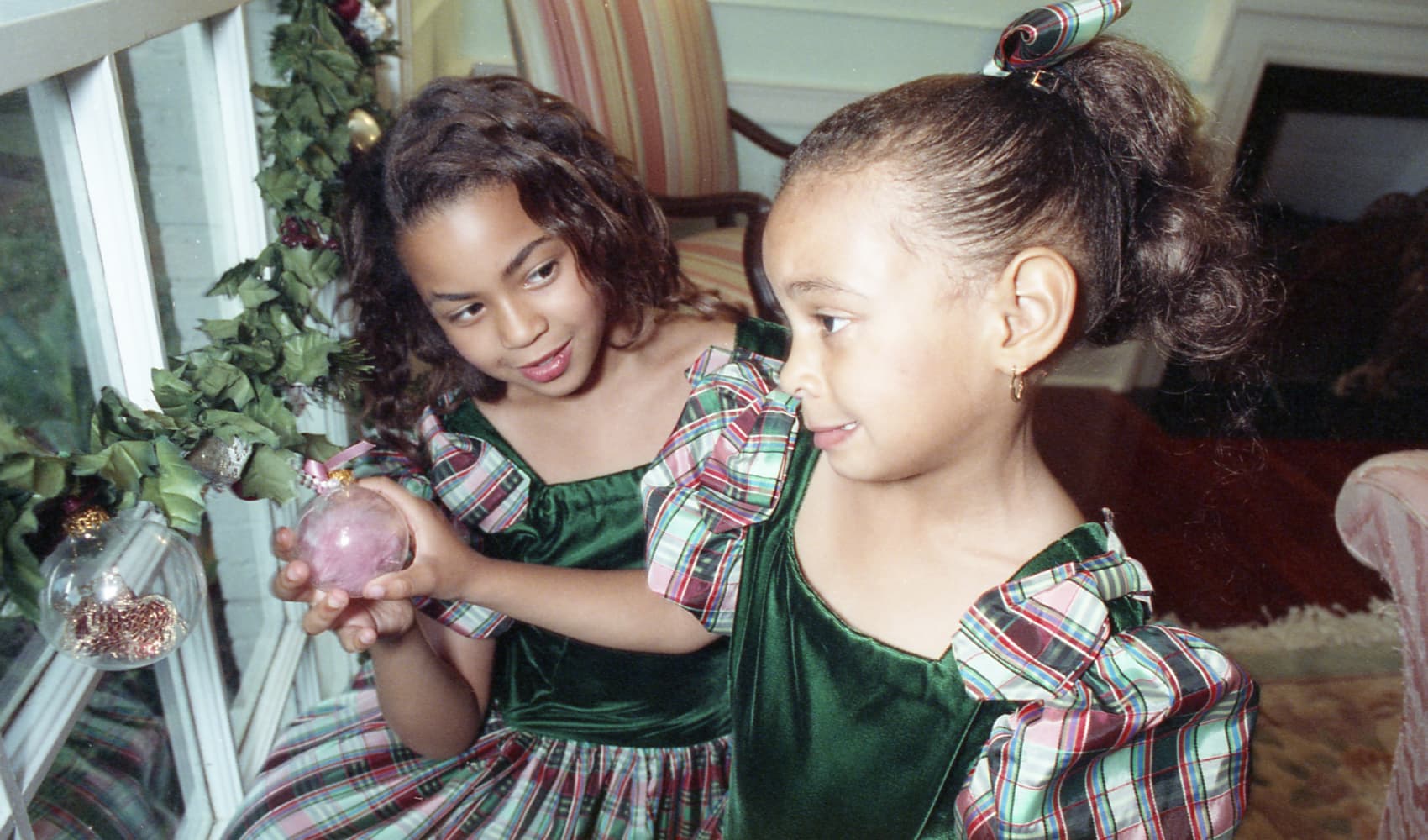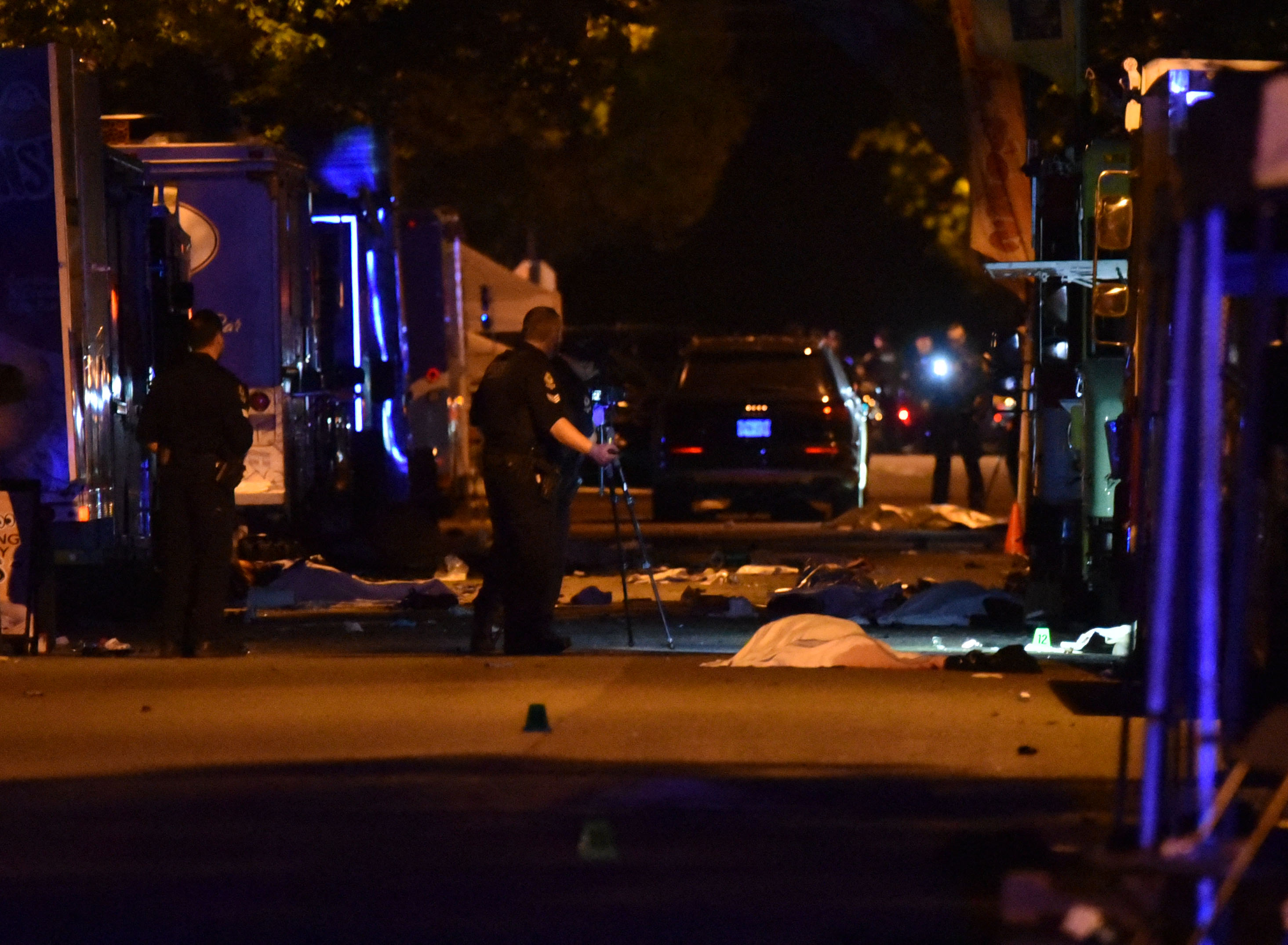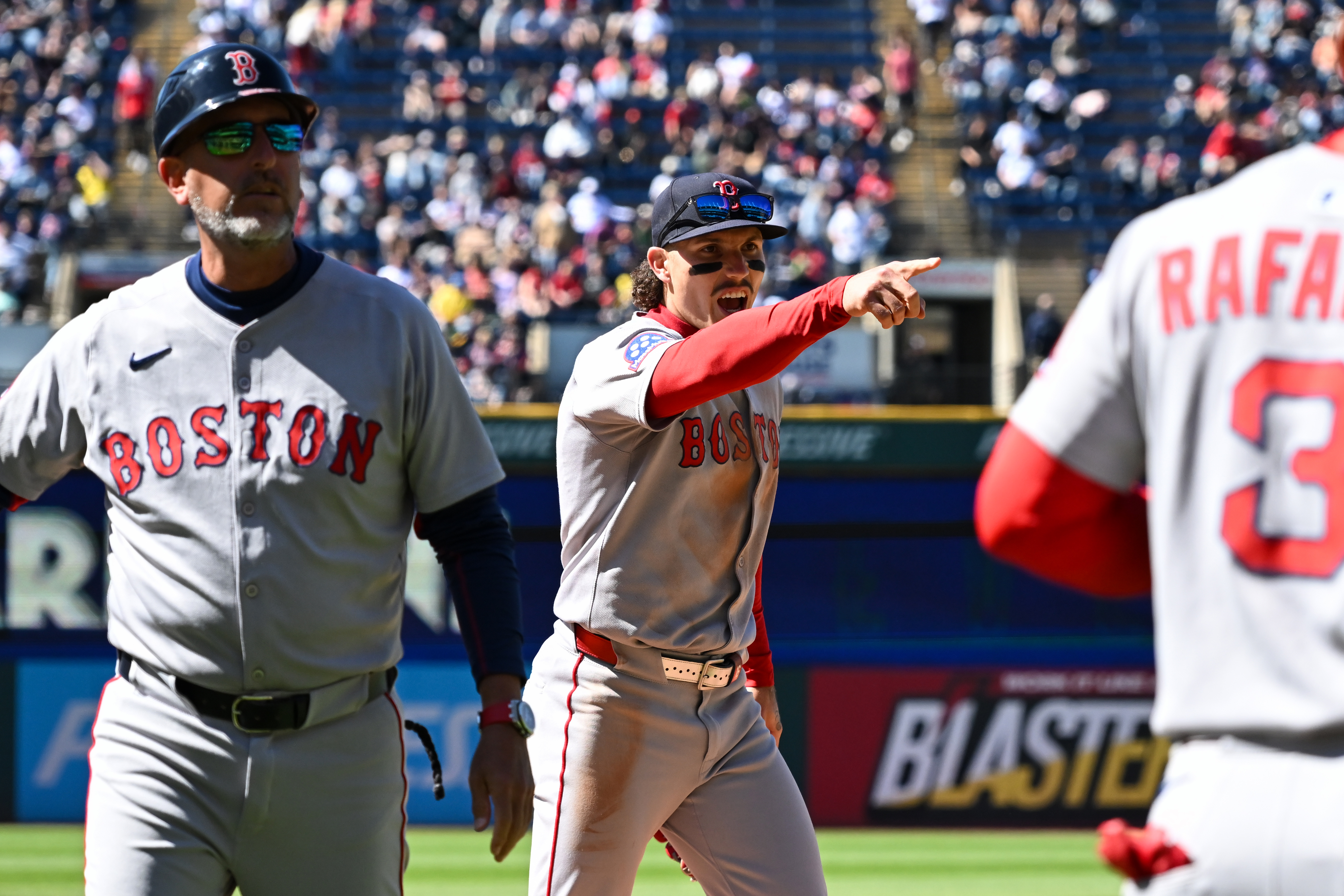Justin Bieber Responds: Truth Behind Coachella Rumors & Mental Health
Justin Bieber Breaks Silence: Addressing Coachella Rumors & Mental Health
Introduction: The Belieberverse Buzzing
Justin Bieber. The name alone conjures images of screaming fans, chart-topping hits, and, unfortunately, a constant barrage of media scrutiny. For years, the "Sorry" singer has navigated the treacherous waters of fame, with his every move dissected and analyzed under the intense glare of the internet. But lately, the speculation has reached a fever pitch, especially after his appearance at Coachella. So, what's the real story? Is Justin okay? Let's dive into the heart of the rumors and Bieber's surprising response.
The Coachella Controversy: Smoke and Mirrors?
Coachella, the annual music festival in the California desert, is known for its celebrity sightings and trendsetting vibes. But this year, Justin Bieber's presence sparked more conversation than compliments. Footage of Bieber smoking while dancing circulated online, leading many fans to express concern about his well-being. Was it simply a case of letting loose at a festival, or was there something more to it? The internet, as it often does, quickly jumped to conclusions.
Social Media Speculation: A Deep Dive into Doubts
Social media became a breeding ground for speculation. From theories about his mental health to whispers about his personal life, the online chatter reached a deafening crescendo. Fan accounts and celebrity gossip sites fueled the flames, adding to the already intense pressure on the pop star. But how much of it was rooted in reality, and how much was simply sensationalism? Let's peel back the layers of concern to find out.
Why is Everyone So Concerned?
It's easy to dismiss the worry as mere celebrity obsession, but there's a deeper reason why fans are so invested in Justin's well-being. They've grown up with him, witnessed his struggles and triumphs, and feel a personal connection to his journey. When they see him looking anything less than his best, it triggers a protective instinct. It's like watching a younger brother stumble – you naturally want to help him get back on his feet.
Justin's Rare Response: A Message of Forgiveness
Known for maintaining a relatively stoic silence in the face of online rumors, Justin Bieber surprised fans by addressing the speculation directly on Instagram. This marked a significant departure from his usual approach, suggesting the rumors had finally crossed a line. But what exactly did he say, and what does it reveal about his state of mind?
Decoding the Instagram Post: More Than Meets the Eye
Bieber's Instagram post was short, but packed with meaning. "They treat me like a-- out here, but if I remember that I am flawed too and god forgave me, It helps me to stop feeling better than those people who are mean and hurtful," he wrote. "Because when I’m really honest I can be mean and hurtful too." This statement is a powerful admission of imperfection and a plea for understanding.
What Does It Mean to Be "Flawed"?
Bieber's acknowledgment of his flaws is a refreshing dose of honesty in a world of carefully curated images. It's a reminder that even celebrities are human beings with their own struggles and insecurities. But it also raises the question: What does it truly mean to be flawed? Is it simply making mistakes, or is it something more profound?
The Power of Forgiveness: Extending Grace to Yourself and Others
The core of Bieber's message revolves around forgiveness – both forgiving himself and forgiving those who judge him. He emphasizes that acknowledging his own imperfections allows him to extend grace to others, even those who are "mean and hurtful." This is a profound concept, suggesting that self-acceptance is the key to empathy and compassion.
"I Can Be Mean and Hurtful Too": An Honest Confession
Perhaps the most striking part of Bieber's statement is his admission that he, too, is capable of being "mean and hurtful." This level of self-awareness is rare in the celebrity world, where image management often takes precedence over authenticity. By acknowledging his own capacity for negativity, Bieber is demonstrating a willingness to confront his own flaws and strive for personal growth.
Mental Health in the Spotlight: The Burden of Fame
While Bieber's post doesn't explicitly address mental health, it undeniably touches on the topic. The intense pressure of fame can take a significant toll on one's mental well-being, and Bieber has openly discussed his struggles with anxiety and depression in the past. The current rumors serve as a stark reminder of the constant scrutiny celebrities face and the importance of prioritizing mental health.
Hailey Bieber's Support: A Pillar of Strength
Throughout Justin's journey, his wife, Hailey Bieber, has been a steadfast source of support. While she hasn't directly addressed the recent rumors, her unwavering presence in his life speaks volumes. A strong support system is crucial for anyone facing challenges, and Hailey's love and understanding undoubtedly play a vital role in Justin's well-being.
The Media's Role: Responsible Reporting vs. Sensationalism
The media plays a crucial role in shaping public perception of celebrities. However, the line between responsible reporting and sensationalism can often become blurred. In the case of Justin Bieber, it's important to question the motives behind the constant scrutiny and consider whether the focus on his personal life is truly serving the public interest.
Beyond the Headlines: Justin's Continued Growth and Evolution
Despite the ongoing rumors and speculation, Justin Bieber continues to evolve as an artist and as a person. He's openly discussed his commitment to his faith, his dedication to his marriage, and his desire to use his platform to make a positive impact on the world. It's important to remember that he's more than just a celebrity; he's a complex individual with his own hopes, dreams, and struggles.
What's Next for Justin?
Only Justin knows what the future holds, but one thing is certain: he'll continue to be under the microscope. Whether he chooses to address the rumors head-on or maintain his silence, his every move will be scrutinized. The key is to focus on his own well-being and surround himself with people who support his growth and happiness.
The Importance of Empathy: Seeing Beyond the Surface
Ultimately, the Justin Bieber situation serves as a reminder of the importance of empathy and understanding. Before jumping to conclusions or spreading rumors, it's crucial to consider the human being behind the celebrity persona. We all make mistakes, we all have flaws, and we all deserve a little grace. So, the next time you see a headline about Justin Bieber, or any other celebrity, take a moment to pause and consider the bigger picture. Could you be a little more understanding? Maybe a little more kind?
Conclusion: Learning from the Bieber Saga
Justin Bieber's recent response to the "gossip" and "lies" surrounding his Coachella appearance offers a valuable lesson in self-awareness, forgiveness, and the importance of mental well-being. By acknowledging his own imperfections and extending grace to others, Bieber is demonstrating a path toward personal growth and resilience. While the media scrutiny will likely continue, his commitment to his faith, his marriage, and his overall well-being will hopefully guide him toward a brighter future. Let's remember that behind the headlines, there's a human being deserving of empathy and understanding.
Frequently Asked Questions (FAQs)
Here are some frequently asked questions about the Justin Bieber situation:
- What exactly happened at Coachella?
Footage of Justin Bieber smoking while dancing at Coachella surfaced online, sparking concerns among fans about his well-being. - Why is everyone so worried about Justin Bieber?
Fans have grown up with Justin and feel a personal connection to his journey. They worry about him when they see him looking anything less than his best. - What did Justin Bieber say in his Instagram post?
He acknowledged his flaws and emphasized the importance of forgiveness, both for himself and for those who judge him. He also admitted that he can be "mean and hurtful" too. - How is Justin Bieber's mental health?
Justin has openly discussed his struggles with anxiety and depression in the past. The recent rumors serve as a reminder of the constant scrutiny celebrities face and the importance of prioritizing mental health. - What can we learn from this situation?
It highlights the importance of empathy, understanding, and remembering the human being behind the celebrity persona. We should all strive to be a little more kind and less judgmental.
